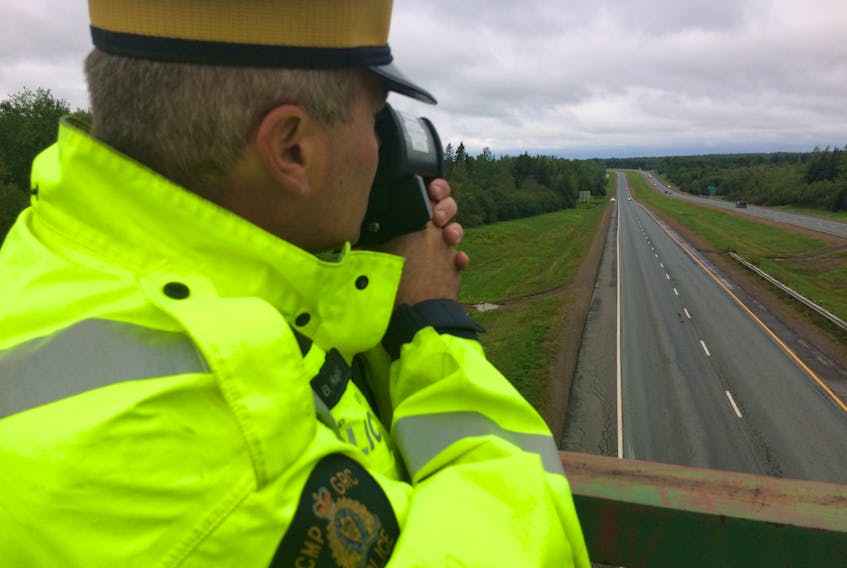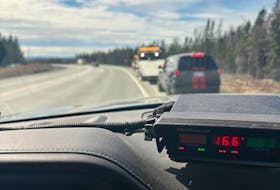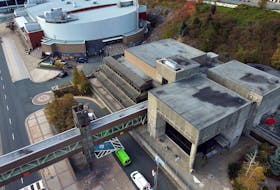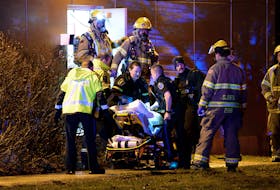
AMHERST, N.S. — LIDAR - or Light Detection and Ranging - is a very reliable form of speed enforcement.
LIDAR works by transmitting a very weak, but very concentrated, beam of ultraviolet light. Pulses of light - hundreds per second - are sent out from the LIDAR unit at known interval times and at a universal constant speed of approximately 300,000 kilometres/second.
These pulses reflect off moving vehicles and back to the LIDAR unit, which measures the time between pulses. The change in time between pulses indicates a change in distance over time between the unit and the approaching or receeding vehicle, registering a speed on the LIDAR unit.
There are a number of quality control measures built into each unit to ensure that speeds shown are accurate. Most LIDAR units are accurate within plus-or-minus two km/h at distances sometimes exceeding two kilometres away.
The main difference between RADAR and LIDAR is that RADAR uses changes in radio frequencies - known as the Doppler effect - between outgoing and incoming beams to calculate speeds, while LIDAR uses infrared light to measure time over distance.
DID YOU KNOW?
The radiation emitted from a LIDAR beam is approximately 1/20 of a TV remote.
Radio waves are sent out from a RADAR unit in a fairly wide beam, and it is necessary for the operator to determine which vehicle's speed is being displayed on the unit.
In the case of LIDAR, the outgoing beam is very focused, allowing police to target specific vehicles.
One of the main limitations of LIDAR is that it must be operated from a stationary position, as opposed to RADAR, which can be operated from a moving vehicle.
Because LIDAR uses light, there also must be a direct line of sight between the user and the target vehicle, so small obstructions such as signs or branches can affect the user's ability to obtain a speed, as can certain weather, such as fog, rain, or snow.
The main advantage of LIDAR is the ability to select targets with pinpoint accuracy, even at great distances.
Read more about our Need for Speed, its risks and consequences









